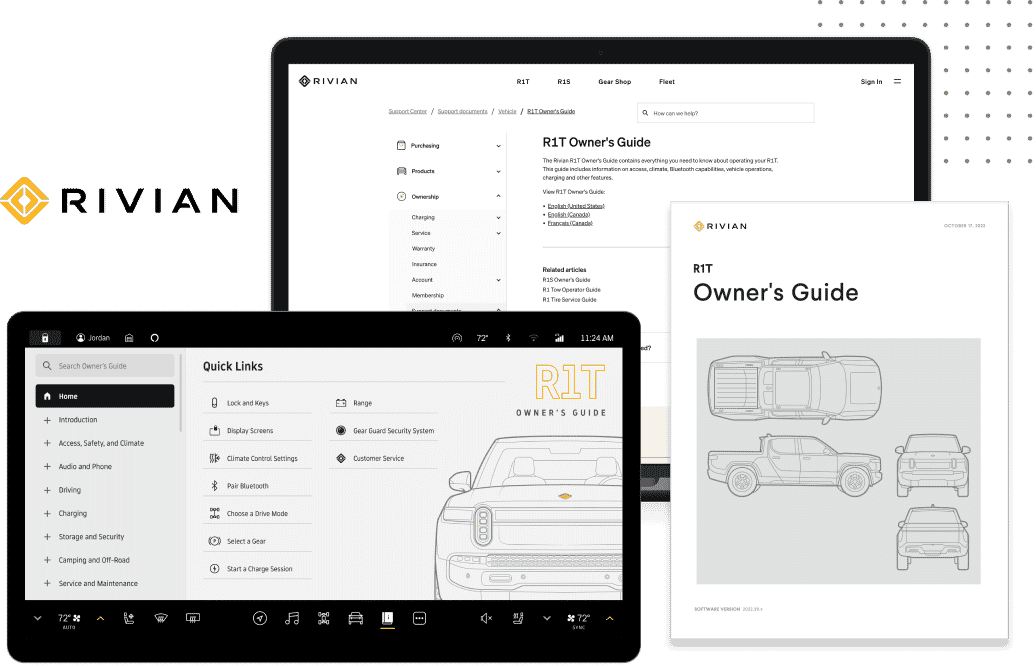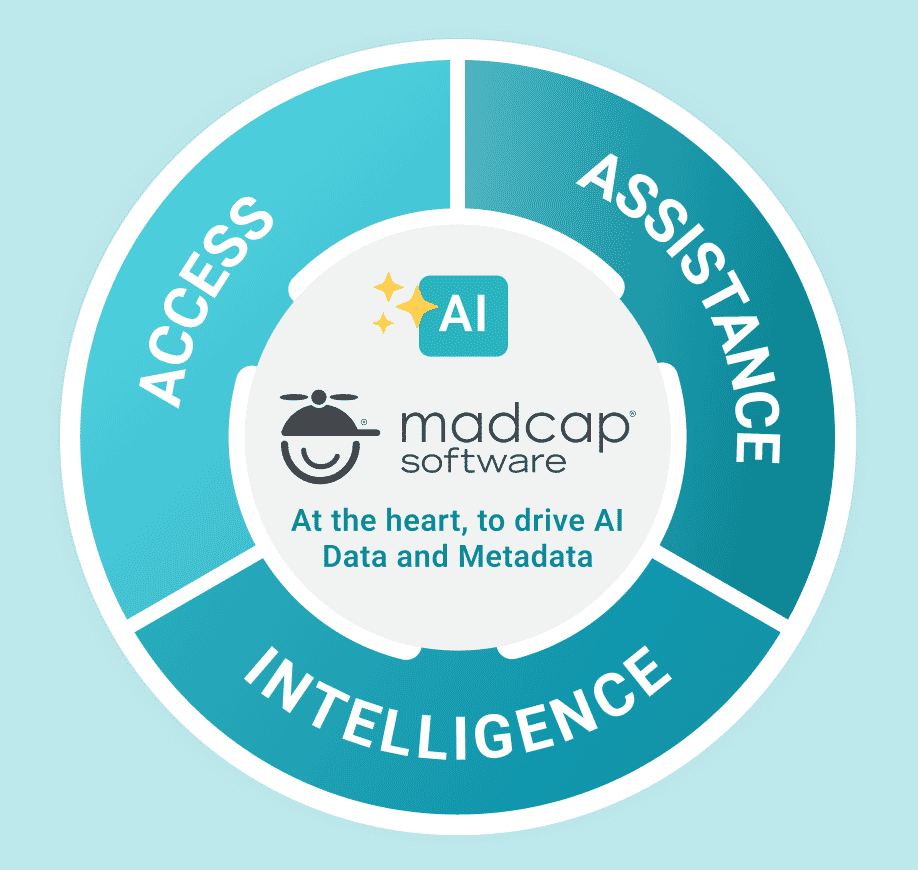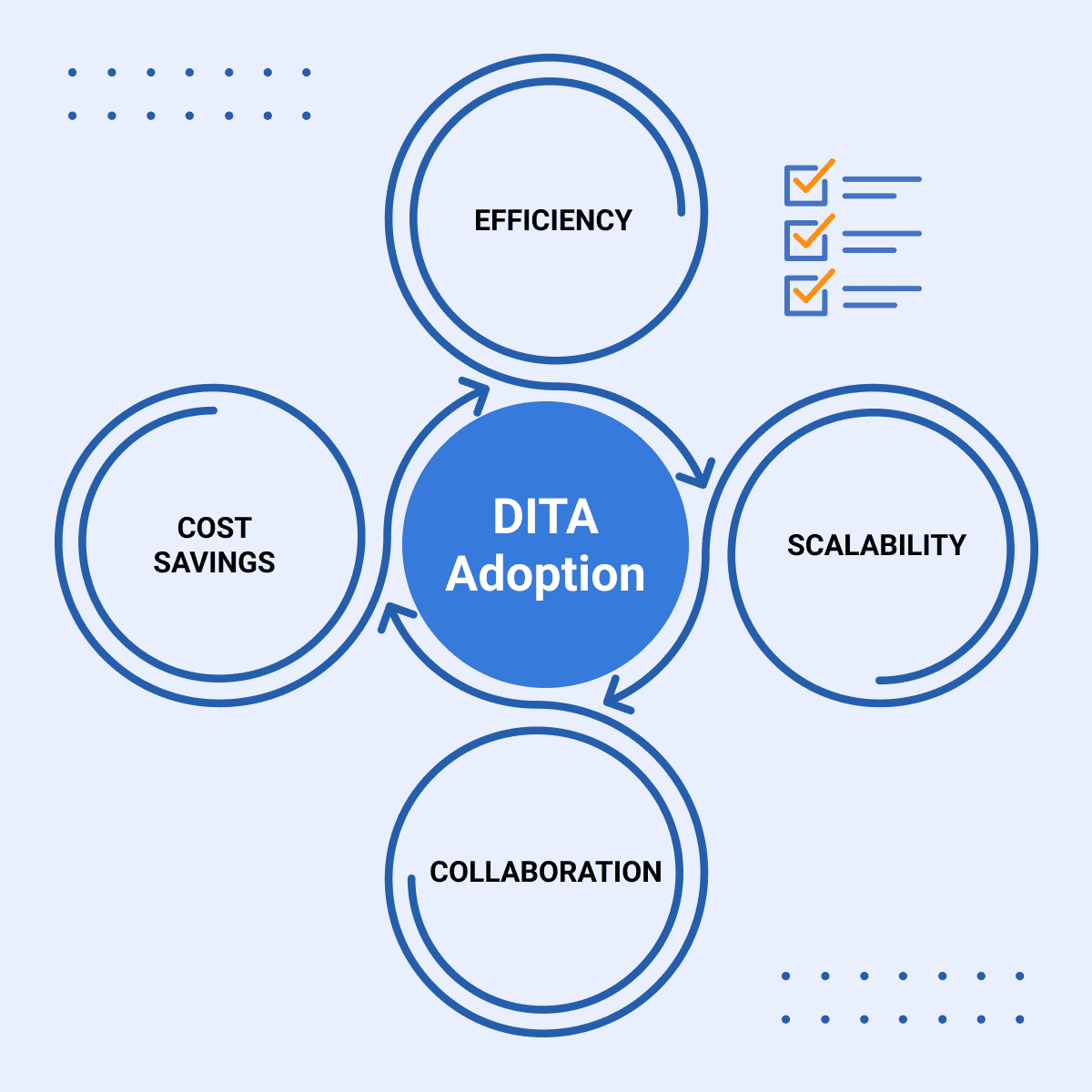As workplaces rapidly evolve, organizations face a transformative challenge in employee development that goes far beyond traditional training approaches. According to Chief Executive's latest survey, employee retention and engagement remain a critical priority for 57% of CEOs, underscoring a fundamental shift in how organizations approach professional growth and employee development. This emphasis on employee development isn't just about maintaining workforce stability—it's about building organizational resilience amid unprecedented technological and market changes.
The landscape of professional development has grown increasingly complex, with organizations navigating a widening skills gap that threatens long-term sustainability and growth. A comprehensive study from HowNow reveals a startling reality: 94% of today's workforce lacks the skills they'll need to perform their jobs effectively by 2030. This gap between current abilities and future job requirements creates an urgent imperative for organizations to reimagine their approach to employee development.
In this blog, we'll explore the key areas of employee development, best practices for creating effective programs, innovative approaches to skill enhancement, and case studies of successful team initiatives.
The Evolution of Employee Development
Traditional approaches to professional development often fall short in today's dynamic business environment. While conventional training programs focus on immediate skill acquisition, modern development initiatives must address both current needs and future capabilities. Organizations need to move beyond the outdated model of annual team training sessions and static learning materials to create dynamic, accessible, and personalized learning experiences that adapt to changing needs and technologies.
This evolution in workplace learning requires a more sophisticated approach to content development and delivery. Organizations must find ways to create, manage, and distribute
learning content efficiently across multiple channels, while maintaining consistency and quality. The challenge lies not just in developing relevant content, but also in ensuring it remains current and accessible to employees when and where they need it.
Identifying Key Areas for Employee Development
Organizations at the forefront of employee development recognize four fundamental domains that drive both individual growth and organizational success: technical competencies, leadership capabilities, human-centric skills, and business acumen. Each domain plays a vital role in creating well-rounded professionals capable of navigating today's complex business landscape.
Technical Competencies
Technical competencies have evolved far beyond basic software proficiency. Today's professionals must navigate an increasingly sophisticated digital ecosystem that demands both depth and breadth of technical understanding. According to the National Skills Coalition and Federal Reserve Bank of Atlanta's report on Digital Skill Divide, 92% of jobs in the U.S. labor market now require digital skills. This overwhelming majority highlights why organizations must develop comprehensive technical training programs that address both current tools and emerging technologies.

Leadership Capabilities
Leadership development has transformed from an executive-focused initiative to an organization-wide imperative. Modern organizations recognize that leadership skills—from strategic decision-making to effective team collaboration—benefit employees across all roles and levels. This democratization of leadership development reflects a fundamental shift in how organizations operate, with traditional hierarchical structures giving way to more fluid, project-based teams.
Human-Centric Skills
While technical expertise provides the foundation for professional competence, human-centric skills determine long-term success and advancement. A Harvard University study reveals a striking insight: up to 80% of an individual's career achievements are influenced by soft skills, while hard skills account for only 20%. These abilities—often called power skills—include emotional intelligence, adaptive communication, and complex problem-solving.
Business Acumen
Understanding how individual roles contribute to broader organizational success has become a critical area of development. Professionals need to develop business acumen to make informed decisions aligned with organizational strategy. This includes financial literacy, market awareness, and the ability to identify and evaluate opportunities for innovation and improvement.
Skill Development Examples for Employees
Organizations are implementing innovative approaches to skill development across various domains. This focus on continuous skill development reflects a fundamental shift in how organizations approach employee growth and capability building in today's rapidly evolving workplace. Here are three skill development examples that organizations may implement.
Technical Skill Enhancement Programs
Consider how organizations are revolutionizing their technical training approaches. Rather than relying on traditional classroom-based training, forward-thinking companies are implementing comprehensive digital learning ecosystems that include continuous learning pathways, hands-on labs, and performance support tools.
Through modern content management systems like MadCap Create, organizations can develop and maintain learning resources that evolve with their technology stack. This systematic approach to technical skill development ensures that training materials remain current and accessible, while supporting various learning styles and needs.
Leadership Development Initiatives
Organizations are transforming their leadership development programs by focusing on practical application rather than theoretical knowledge. According to a study by a multinational HR consulting firm, employees who participated in structured mentoring programs were 49% less likely to leave their organizations. This striking retention rate demonstrates the value of well-designed leadership development initiatives.
Modern leadership programs integrate real-world projects with structured learning experiences, allowing emerging leaders to develop their capabilities while contributing to actual business objectives. This practical approach ensures that leadership development directly impacts organizational performance while building crucial capabilities.
Communication and Collaboration Skill Building
Organizations increasingly recognize that effective communication is the foundation of successful teams, especially in today's hybrid work environment. Modern development programs recognize the importance of this soft skill by creating scenario-based learning experiences that mirror real-world situations, helping employees develop practical communication strategies that enhance team collaboration and project outcomes.

Best Practices for Employee Development Programs
Creating effective development programs requires a strategic approach that balances organizational needs with individual growth opportunities. The most successful programs share several key characteristics that drive engagement and results.
Personalization at Scale
Modern development programs must strike a delicate balance between standardization and personalization. While core competencies remain consistent across roles, the path to mastery should adapt to individual learning styles, experience levels, and career aspirations. This is where sophisticated learning content management becomes crucial.
Through platforms like MadCap Create, organizations can develop modular content that adapts to different learning needs, while maintaining consistency in core messages and standards.
This approach enables personalized learning paths without creating entirely separate content for each audience segment.
Integration with Daily Workflows
Learning shouldn't be a separate activity from daily work—it should be seamlessly integrated into regular workflows. This integration helps make learning more relevant and immediately applicable, increasing employee engagement and retention. For technical communicators and content developers, this could mean accessing training modules directly within their authoring environment or having quick reference guides available at the point of need.
Measuring the Impact of Development Efforts
Understanding the effectiveness of development programs requires a comprehensive measurement framework that goes beyond completion rates and satisfaction surveys. Organizations need to track both immediate learning outcomes and long-term business impact.
Effective measurement combines quantitative metrics with qualitative indicators to provide a complete picture of program impact:
Quantitative Metrics
Quantitative metrics include improvements in skill proficiency, reductions in time-to-competency, and increased project completion efficiency. Organizations should also track broader business metrics, such as customer satisfaction scores and employee retention rates, to understand the wider impact of development initiatives.
Qualitative Metrics
Qualitative indicators focus on behavioral changes and capability improvements, such as enhanced team collaboration, improved problem-solving capabilities, and stronger cross-functional communication. These indicators often provide crucial context for understanding the true value of development programs.

Innovative Approaches to Continuous Skill Enhancement
The future of skill development requires innovative approaches that align with modern workplace dynamics. Organizations are moving beyond traditional training methods to embrace new strategies that deliver more effective and engaging learning experiences.
Microlearning and Just-in-Time Support
Modern skill development recognizes that learning occurs most effectively when it's immediately relevant and easily digestible. Organizations are breaking down complex skills into smaller, focused learning modules that employees can access exactly when needed. This approach particularly benefits technical documentation teams, who often need to quickly master new tools or features while maintaining productivity during work hours.
Collaborative Learning Environments
The power of peer-to-peer learning has emerged as a crucial component of modern skill development. Organizations are creating structured environments where employees can share knowledge, collaborate on learning projects, and support each other's growth. These collaborative spaces become valuable when implementing new tools or processes, as they center communication and allow team members to share practical insights and solutions.
Case Studies of Successful Development Programs
Examining successful examples of skill development implementations provides valuable insights into effective practices and potential outcomes. These examples demonstrate how organizations have transformed their development programs through the strategic use of learning content management systems.
Financial Services Training Transformation
Similar to the successful compliance training transformation at Wells Fargo, a global financial services organization, revolutionized its technical documentation and training approach. By centralizing their content management with MadCap Create, they streamlined their development process and ensured consistency across all training materials. This unified approach enabled them to:
- Maintain consistency across all learning content
- Update materials efficiently as technologies and requirements evolve
- Deliver personalized learning experiences at scale
- Track and measure learning effectiveness systematically
Technology Sector Evolution
Drawing parallels to F5 Networks' compliance training success, a technology company transformed its approach to employee development by implementing an agile learning content strategy. Faced with rapidly evolving skill requirements and a distributed workforce, they leveraged MadCap Create to develop a more responsive approach to content management and skill development.
Large-Scale Training Implementation
Similar to Whataburger's comprehensive compliance program, a multinational organization demonstrated how effective skill development can scale across a large workforce. Using MadCap Create's capabilities, they developed a program that addresses multiple skill domains while maintaining consistency and quality across hundreds of locations. Their success stemmed from the ability to:
- Deliver consistent training materials across all locations
- Update content quickly in response to changing needs
- Track development progress across the organization
- Maintain quality while scaling programs efficiently
Enhancing Employee Development with MadCap
MadCap Create stands at the intersection of content management and learning development, providing organizations with the tools needed to build comprehensive, continuous skill development programs:
- Create and maintain consistent, high-quality learning content
- Deliver personalized learning experiences
- Track and measure learning effectiveness
- Scale development programs efficiently
MadCap's content management tools address the crucial features needed for effective skill development, while providing the flexibility modern organizations need. Our tools help you create, manage, and deliver learning content that drives continuous growth.
Ready to transform your approach to employee skill development? Contact us to discover how MadCap Create can help you build a stronger, more capable workforce while driving organizational excellence.
Visit our workforce learning development software to learn more about how MadCap Create can transform your organization's approach to employee development.










